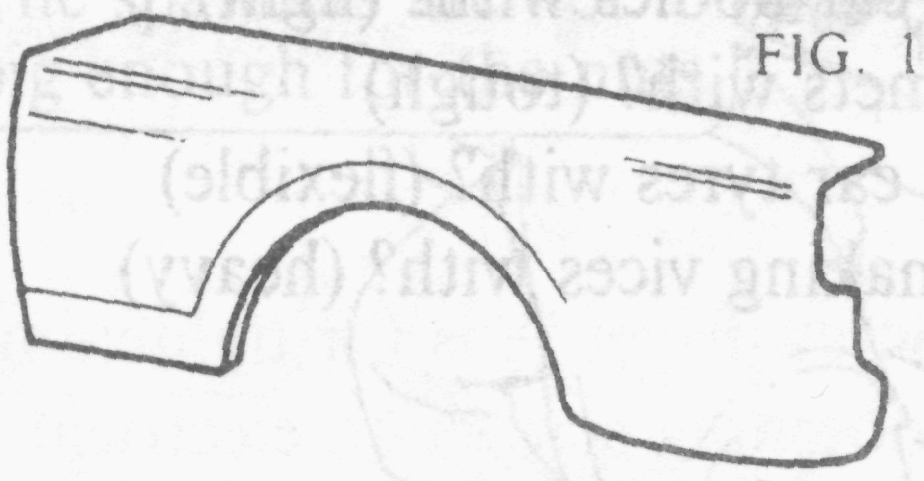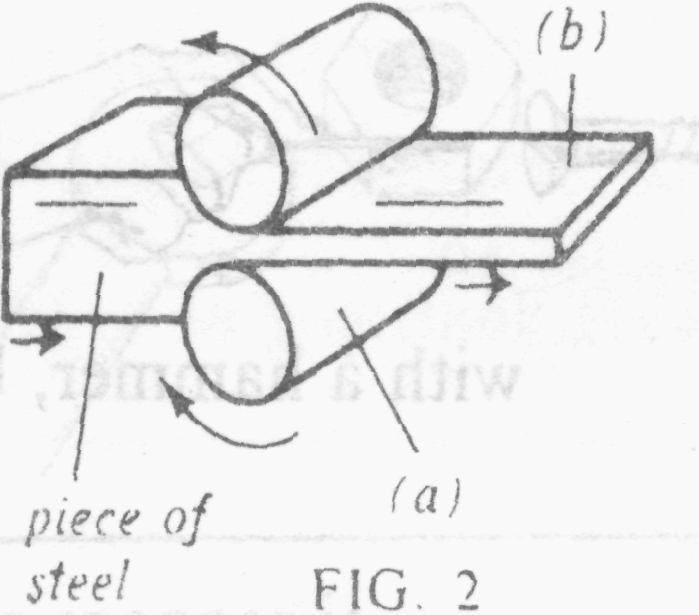
- •Государственное образовательное учреждение высшего профессионального образования
- •Английский язык
- •Содержание
- •Пояснительная записка
- •Тема №1 Наука, выдающиеся ученые и их открытия
- •Тема №2 Металлы
- •Текст 1
- •Текст 2
- •Текст 3
- •Тема №3 Обработка металла
- •Текст 1
- •Текст 2
- •Текст 3
- •Тема №4 Материалы и технологии
- •Текст 1
- •Текст 2
- •Тема №5 Станки, станки с числовым программным управлением
- •Текст 1
- •Текст 2
- •Текст 3
- •Текст 4
- •Текст 5
- •1 Вариант
- •2 Вариант
- •Тема №6 Сварка, виды сварки
- •Текст 1
- •Текст 2
- •Тема №7 Автоматизация, виды автоматизации. Роботы в промышленности
- •Текст 1
- •Текст 2
- •Текст 3
- •Текст 4
- •Список литературы
- •1. Что говорят при встрече и прощании
- •2. Как подбодрить, посочувствовать, предложить свою помощь
- •3. Как поблагодарить, ответить на благодарность
- •4. Как выразить (не) согласие с мнением собеседника
- •5. Как выразить сомнение, предостережение, совет, предложение
- •6. Как спросить, попросить о чем-нибудь и как ответить
- •Тексты о наиболее значимых достижениях науки и технологии и великих ученых и их открытиях
- •Тексты для дополнительного чтения
- •Англо-русский словарь
Текст 1
Metalworking
Задание 1 Выучить данную лексику и подготовиться к лексическому диктанту:
useful — полезный
shape — форма, формировать
rolling — прокатка
extrusion — экструзия, выдавливание
drawing — волочение
forging — ковка
sheet — лист
to subject — подвергать
amount — количество
condition — состояние, условие
perform — выполнять, проводить
to harden — делаться твердым, упрочняться
at least — по крайней мере
common — общий
billet — заготовка, болванка
orifice — отверстие
die — штамп, пуансон, матрица, фильера, волочильная доска
cross section — поперечное сечение
window frame — рама окна
tube — труба
hollow — полый
initial — первоначальный, начальный
thick-walled — толстостенный
mandrel — оправка, сердечник
impact — удар
loosely — свободно, с зазором
fitting — зд. посадка
ram — пуансон, плунжер
force — сила
gap — промежуток, зазор
to determine — устанавливать, определять
Задание 2 Прочитайте и переведите текст. Выполните задания, следующие за текстом:
METALWORKING
Metals are important in industry because they can be easily deformed into useful shapes. A lot of metalworking processes have been developed for certain applications. They can be divided into five broad groups:
1. rolling,
2. extrusion,
3. drawing,
4. forging,
5. sheet-metal forming.
During the first four processes metal is subjected to large amounts of strain (deformation). But if deformation goes at a high temperature, the metal will recrystallize that is, new strain-free grains will grow instead of deformed grains. For this reason metals are usually rolled, extruded, drawn, or forged above their recrystallization temperature. This is called hot working. Under these conditions there is no limit to the compressive plastic strain to which the metal can be subjected.
Other processes are performed below the recrystallization temperature. These are called cold working. Cold working hardens metal and makes the part stronger. However, there is a limit to the strain before a cold part cracks.
Rolling
Rolling is the most common metalworking process. More than 90 percent of the aluminum, steel and copper produced is rolled at least once in the course of production. The most common rolled product is sheet. Rolling can be done either hot or cold. If the rolling is finished cold, the surface will be smoother and the product stronger.
Extrusion
Extrusion is pushing the billet to flow through the orifice of a die. Products may have either a simple or a complex cross section. Aluminium window frames are the examples of complex extrusions.
Tubes or other hollow parts can also be extruded. The initial piece is a thick-walled tube, and the extruded part is shaped between a die on the outside of the tube and a mandrel held on the inside.
In impact extrusion (also called back-extrusion) (штамповка выдавливанием), the workpiece is placed in the bottom of a hole and a loosely fitting ram is pushed against it. The ram forces the metal to flow back around it, with the gap between the ram and the die determining the wall thickness. The example of this process is the manufacturing of aluminium beer cans.
Задание 3 Ответьте на вопросы:
1. Why are metals so important in industry?
2. What are the main metalworking processes?
3. Why are metals worked mostly hot?
4. What properties does cold working give to metals?
5. What is rolling? Where is it used?
6. What is extrusion? What shapes can be obtained after extrusion?
7. What are the types of extrusion?
Задание 4 Найдите эквиваленты русских слов и словосочетаний:
1. могут легко деформироваться
2. нужные формы
3. подвергать большим деформациям
4. зерна свободные от деформации
5. температура перекристаллизации
6. пластическая деформация сжатия
7. самый обычный процесс обработки металла
8. самое обычное изделие проката
9. отверстие фильеры
10. первоначальный
11. сложное сечение
12. пустотелые детали
13. свободно входящий плунжер
14. зазор между плунжером (пуансоном) и штампом
15. толщина стенки
Задание 5 Переведите на английский язык:
1. Способность металла перекристаллизовываться при высокой температуре используется при горячей обработке.
2. Перекристаллизация — это рост новых, свободных от деформации зерен.
3. Во время горячей обработки металл может подвергаться очень большой пластической деформации сжатия.
4. Холодная обработка делает металл тверже и прочнее, но некоторые металлы имеют предел деформации.
5. Листовой прокат может производиться горячим
или холодным.
6. Поверхность холоднокатаного листа более гладкая и он прочнее.
7. Поперечное сечение фильеры для экструзии может быть простым или сложным.
8. Алюминиевые и медные сплавы являются наилучшими для экструзии из-за их пластичности при деформации.
9. Алюминиевые банки, тюбики для зубной пасты являются примерами использования штамповки выдавливанием.
10. Толщина стенки алюминиевой банки определяется зазором между пунсоном и штампом.
Задание 6 Прочитайте и переведите текст в письменной форме:
MAKING A CAR PANEL
This panel (FIG. 1) fits onto the front right-hand side of a car. It is made by three methods. |

First, sheet steel is made. This is done by pushing a piece of steel between two rollers (see FIG.2), which squeeze the metal and make it longer and thinner. This method is called ROLLING. Not all metals can be rolled. For example, iron cannot be rolled because it is too brittle. But steel can be rolled because it is tough and malleable enough.
Next, the steel is cut into a flat shape (see FIG.3). This is done by placing the sheet onto a die, and then cutting a hole in it with a punch. The method is called PUNCHING. The steel can be cut easily because it is now very thin.
Finally, the sheet steel is bent and pressed into a rounded shape (like in FIG.1). This is done by putting the sheet onto a die and then bending the sheet around the die with a press (see FIG.4). This method is called PRESSING. It is not difficult to press sheet steel because it is thin and malleable.



